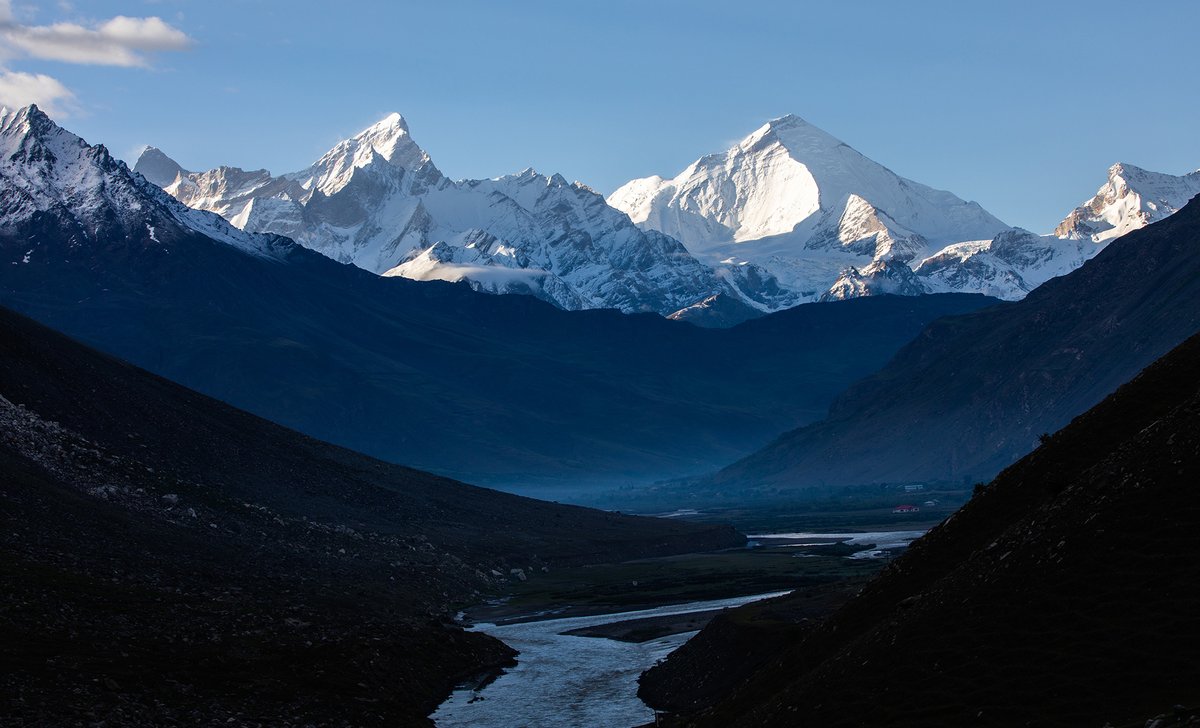
Okay, there are just too many people who badmouth #uppittu. That's mostly because they don't know how to make it. I shall teach you how. 1/n
First, let's talk about how not to! Those who blame uppittu are also the ones who think it's a quick-fix concoction. If you want to eat good food, you have give it enough time, love and care.
I have seen many uppittu abominators simply adding ravé to boiling water, add some salt and dish it away as breakfast. This is not food; it's really just inedible glue made by an indolent. Don't call this uppittu; you have no right to do so.
Now, here's the secret recipe to making that delicious and aromatic breakfast cherished by many of us.
Read on to get enlightened.
Read on to get enlightened.
Step 1. Get some vegetables cooking in salted water. You decide on the veggie. I normally use finely chopped beans. I also like to use green peas. Avarekai is popular. I avoid carrots, as some carrots sweeten the uppittu a bit.
Use extra water for boiling; you need it later.
Use extra water for boiling; you need it later.
Step 2. Roast the uppittu ravé. This is important. Roast until you sense can smell it's fragrant aroma; usually about 3-4 minutes. Put it aside.
Step 3. Take a wok and start with standard oggarané ingredients. Add green chillies too.
Step 3. Take a wok and start with standard oggarané ingredients. Add green chillies too.
Step 4. Pour the roasted ravé into the wok; stir for a minute or two.
Step 5. Take the boiling water along with the vegetable (remember, I had asked you to use extra water) and pour into the wok. Enjoy the steaming sound, but be careful while poring.
Step 5. Take the boiling water along with the vegetable (remember, I had asked you to use extra water) and pour into the wok. Enjoy the steaming sound, but be careful while poring.
Step 6. Now it's time to put flavouring ingredients. Add a dash of lime. If you prefer, you can also add some sugar; but not everyone likes it. Remember, you have used salted water to boil the veggies. So, no more salt.
Step 7. Some people also add vangibahth powder or such things to bring in more flavour. I guess this also helps distinguish uppittu with khara bahth. Suit yourself. I usually skip this.
Step 8. Stir vigorously until all the water evaporates. The final product would be almost solid, not a gooey liquid or ganji-like. If the ravé still feels a bit raw after all the water evaporates, you may have to add some more boiling water and redo this step.
Step 8 can take a while. At least five minutes, may be ten. Don't go away from the stove; ensure that you are stirring continuously or you will end up with burnt ravé.
Step 9. Turn off the stove. Now add a generous portion of thuppa and stir one last time. Then add freshly scraped coconut. Then add coriander leaves. You can also consider adding cashew fried in thuppa.
Now, enjoy the heavenly taste of real uppittu! 😋
12/13
Now, enjoy the heavenly taste of real uppittu! 😋
12/13
Some additional notes: You can add onion/tomatoes after oggarané, before adding roasted ravé. I usually don't like to add either.
Some people experiment generously in Step 6/7 for flavouring agents. I have even heard of people adding coffee decoction. Suit yourself.
13/14
Some people experiment generously in Step 6/7 for flavouring agents. I have even heard of people adding coffee decoction. Suit yourself.
13/14
If you are an anti-uppittu person and used to calling salted boiled ravé as uppittu, try this out; you will come back transformed.
#teamUppittu 😋😋
[14/14 end]
#teamUppittu 😋😋
[14/14 end]
• • •
Missing some Tweet in this thread? You can try to
force a refresh




















